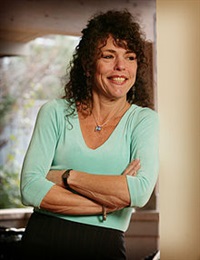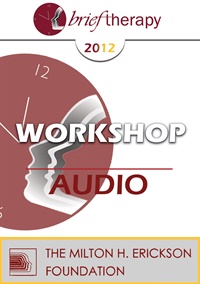BT12 Workshop 31 – It Takes One to Tango: Doing Couples Therapy with Individuals – Michele Weiner-Davis, MSW, LCSW
- Average Rating:
- Not yet rated
- Topic Areas:
- Workshops | Marriage
- Categories:
- Brief Therapy Conference | Brief Therapy Conference 2012 | Pioneers in Couples and Family Therapy
- Faculty:
- Michele Weiner-Davis, LCSW
- Duration:
- 2:25:13
- Format:
- Audio Only
- Original Program Date:
- Dec 08, 2012
- License:
- Never Expires.
Description
Description: This session presents a structured framework for working with one partner to effect change in the couple system. It explores clinical opportunities when only one partner engages in therapy, emphasizing goal orientation, behavior shifts, and communication patterns. Grounded in real cases, the approach encourages creative, actionable strategies to strengthen relationships—even when partners differ in readiness.
Syllabus Description: That only one partner is willing to seek relationship therapy should not deter therapists since there is much that can be accomplished. In fact, there are occasions when working with only one partner is preferable. This workshop will explore these situations and offer therapists a conceptual framework for conducting relationship oriented sessions with one partner present.
Educational Objectives:
- How seeing couples with divergent goals conjointly can be detrimental.
- How to ascertain the absent partners’ views, feelings and goals for the relationship.
- How to motivate the client to take responsibility for change in light of his/her partners’ lack of participation.
Credits
Handouts
| Timestamped Transcript (1.8 MB) | 50 Pages | Available after Purchase |
| Ericksonian Learning Snapshot (245.3 KB) | 2 Pages | Available after Purchase |
Faculty

Michele Weiner-Davis, LCSW Related Seminars and Products
Michele Weiner-Davis, LCSW is the Founder of The Divorce Busting Center in Boulder, Colorado. She is a popular TEDx speaker and the author of eight books including, Healing From Infidelity, and the bestselling Divorce Busting and The Sex-Starved Marriage. She is the recipient of several prestigious awards including the Outstanding Contribution to Marriage and Family Therapy Award from AAMFT.


